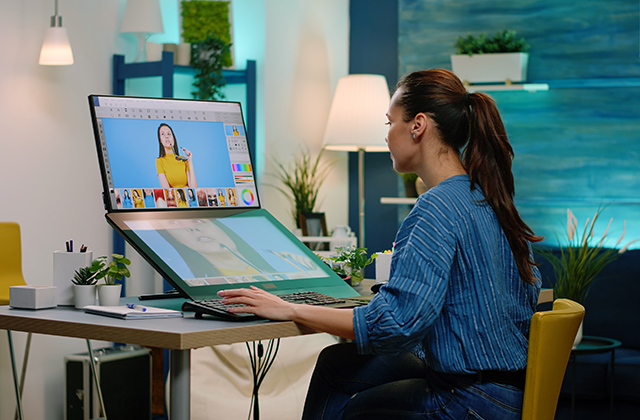
When it comes to film production, time and money are two invaluable resources. Every filmmaker aims to streamline their process and minimize costs without compromising the quality of their work. One powerful tool that can help achieve this goal is storyboarding. Storyboarding is the visual representation of a film or video project, created through a series of illustrations or images that depict key scenes and shots. It serves as a blueprint for the entire production process, providing a roadmap for filmmakers and ensuring efficient use of time and resources. Here’s how storyboarding can save you time and money in your film production.
- Enhances Communication and Collaboration
Storyboarding facilitates clear communication and collaboration among the production team. By visually representing the director’s vision, storyboards provide a tangible reference point for everyone involved in the project. It helps align the entire team, including the director, cinematographer, production designer, and editor, on the creative direction and visual style of the film. Through storyboards, potential issues or conflicts can be identified and resolved in the pre-production stage, saving valuable time and preventing costly mistakes during shooting.
- Streamlines Pre-production Planning
During pre-production, storyboarding allows filmmakers to meticulously plan every aspect of the film. By visualizing the scenes and shots in advance, filmmakers can determine the most effective camera angles, framing, and blocking. This process helps identify logistical challenges, such as location requirements, set design, and prop needs, well in advance. By addressing these details before production begins, filmmakers can avoid last-minute changes and additional expenses that may arise due to poor planning.
- Optimizes Production Schedule
A well-executed storyboard helps optimize the production schedule. By having a clear visual reference, the director can prioritize and schedule scenes based on location availability, actor availability, and other logistical considerations. This ensures that the shooting schedule is efficient and minimizes downtime. With a streamlined schedule, the production team can make the most of their shooting days, reducing costs associated with extended production timelines, overtime payments, and additional rentals.
- Minimizes Equipment and Resource Waste
Storyboarding aids in minimizing equipment and resource waste. By planning the shots in advance, filmmakers can accurately determine the equipment and resources required for each scene. This prevents unnecessary expenditures on equipment that may not be needed or rentals that could have been avoided. Additionally, storyboarding allows for strategic shot sequencing, enabling filmmakers to shoot multiple scenes in a single location or with the same set-up, thus maximizing the use of resources and minimizing expenses.
- Reduces Post-production Iterations
Efficient storyboarding can greatly reduce the number of iterations and revisions required during post-production. When the director’s vision is clearly communicated through storyboards, the editor can work more effectively, aligning the footage with the intended narrative structure. This reduces the time spent on re-editing and re-arranging sequences, resulting in faster post-production timelines and cost savings.
- Facilitates Effective Problem-solving
Storyboarding encourages proactive problem-solving throughout the production process. By visualizing the entire film beforehand, potential challenges or creative roadblocks can be identified early on. This allows for timely brainstorming and finding innovative solutions, preventing time-consuming and costly delays during production or post-production.
In conclusion, storyboarding is a powerful tool that can save significant time and money in film production. It enhances communication and collaboration, streamlines pre-production planning, optimizes the production schedule, minimizes equipment and resource waste, reduces post-production iterations, and facilitates effective problem-solving. By investing time and effort into storyboarding, filmmakers can ensure a smoother production process, stay within budget, and deliver high-quality films that captivate audiences. So, grab a pen and start storyboarding your next film project – you’ll be amazed at the impact it can have on your time and budget. Concept boards may be quite polished and resemble advertisements, or they may be very rough and ‘unfinished’. Click here to start your storyboarding projects.